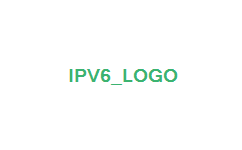1. A MAC address (IEEE 802) is 48 bits long. The space for the local identifier in an IPv6 address is 64 bits. The EUI-64 standard explains how to stretch IEEE 802 addresses from 48 to 64 bits, by inserting the 16 bits 0xFFFE at the 24th bit of the IEEE 802.
2. By doing so, transforming MAC address 00-0C-29-C2-52-FF using the EUI-64 standards leads to 00-0C-29-FF-FE-C2-52-FF.
3. Using IPv6 notation, we get 000C:29FF:FEC2:52FF
4. Invert the universal bit ("u" bit) in the 6th position of the first octet. Thus the result is: 020c:29ff:fec2:52ff.
5. The second phase of creating automatically a link-local address is to prefix the well-known prefix fe80::/64 to the identifier resulting from phase one
Finally we obtain fe80::20c:29ff:fec2:52ff



1 comment:
Mr. Gulati,
Thank you for producing such an informative blog. As I slog my way through learning IPv6, your postings have been very helpful. I have a question though. You mention that the universal bit is the 6th bit in the first octet (from the right it would seem). I've found an article on Cisco from 2004 which agrees with what you say, but I've also found a CCIE blog and text in "The TCP/IP Guide", which both say the universal bit is the 7th bit from the left, in the first octet (2nd bit from the right in the first octet). Can you help clarify which it is?
Post a Comment